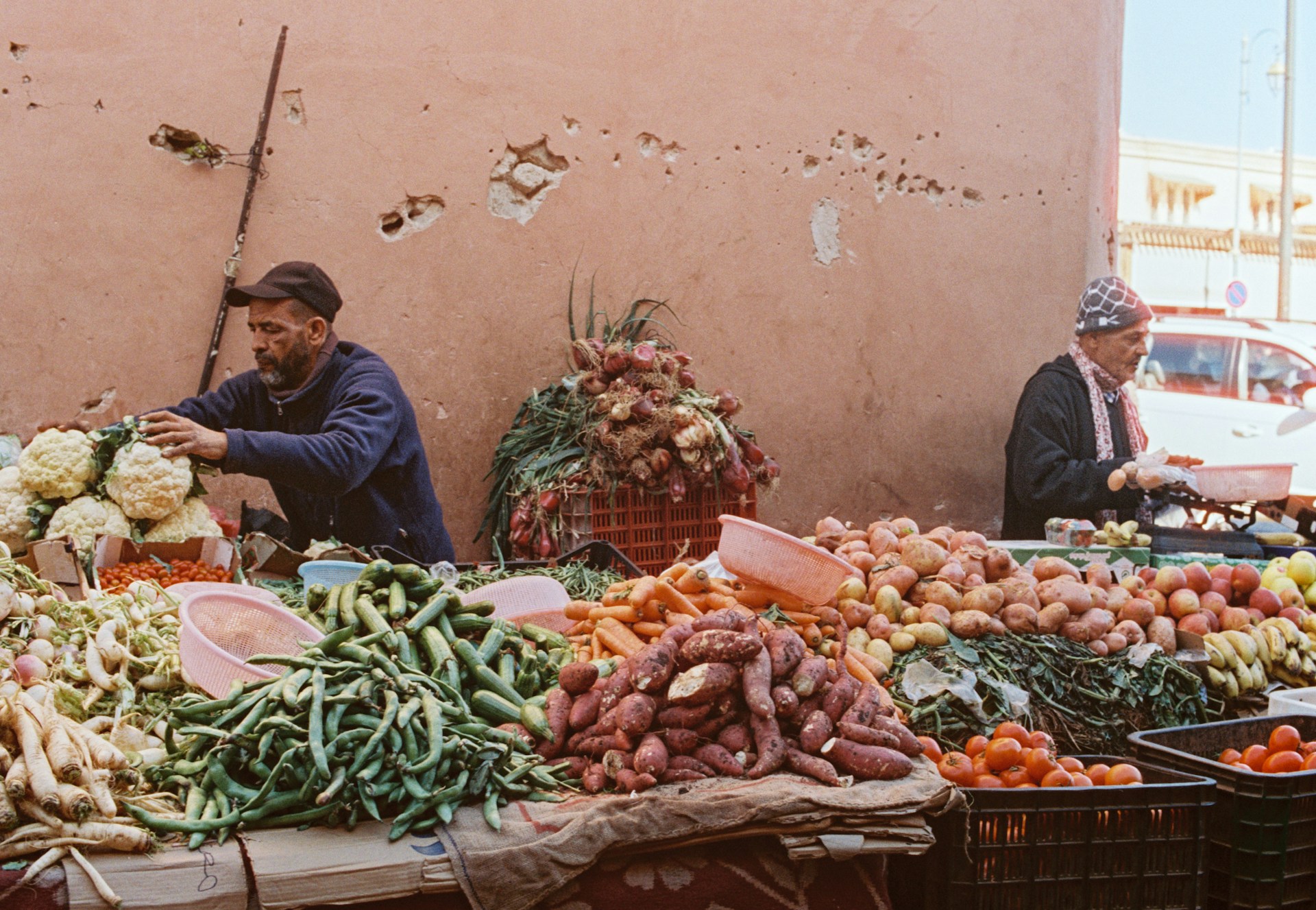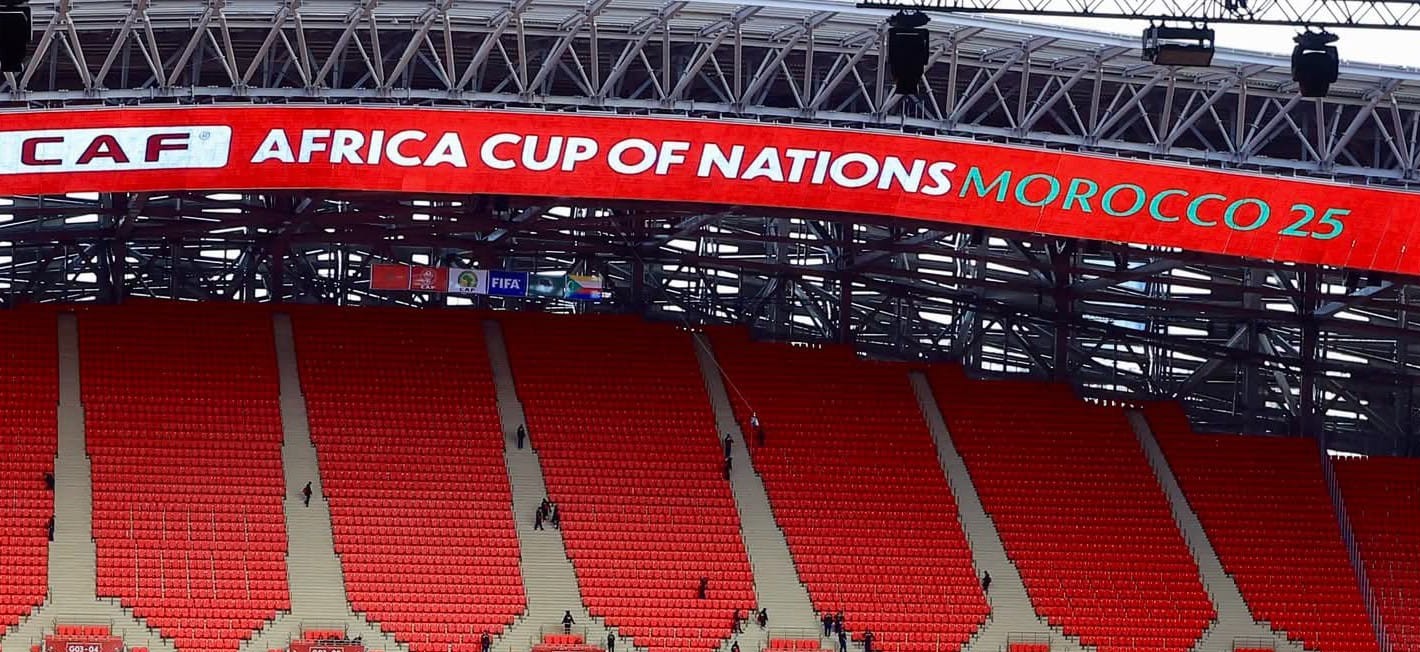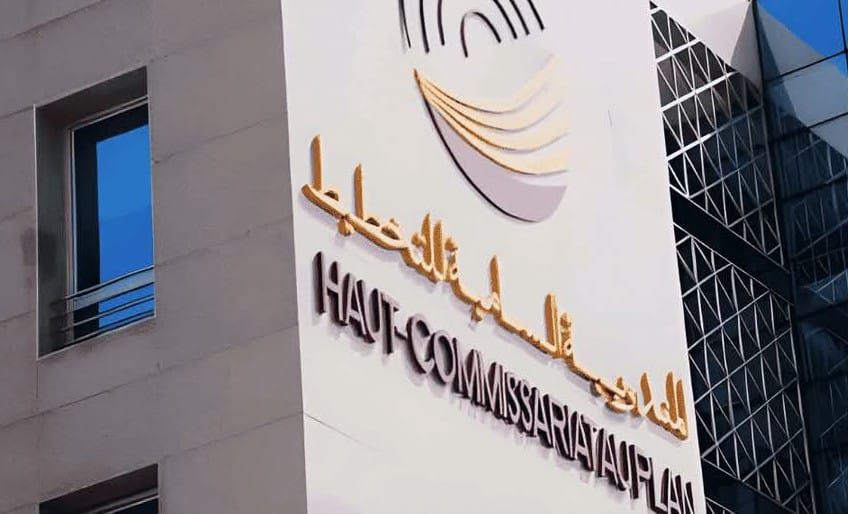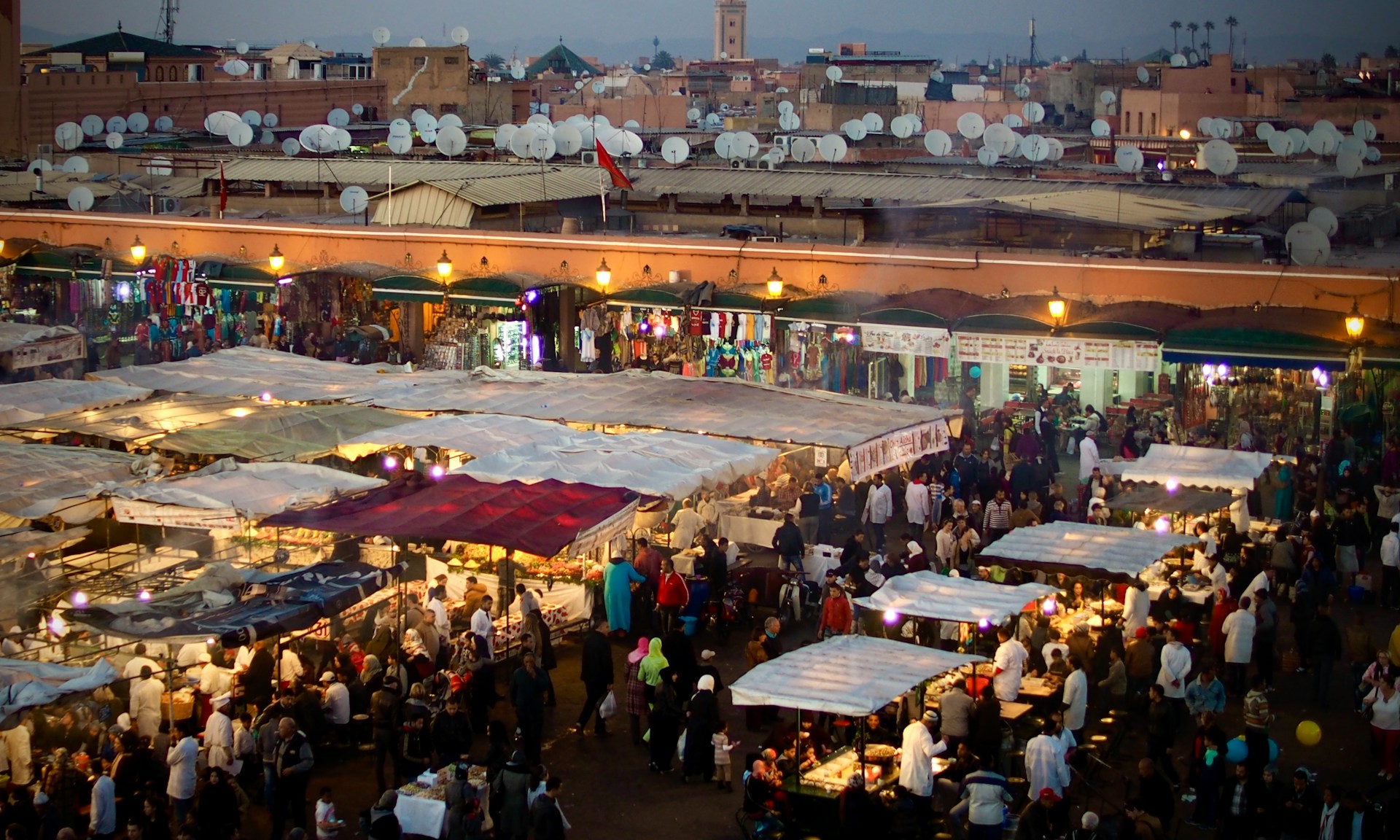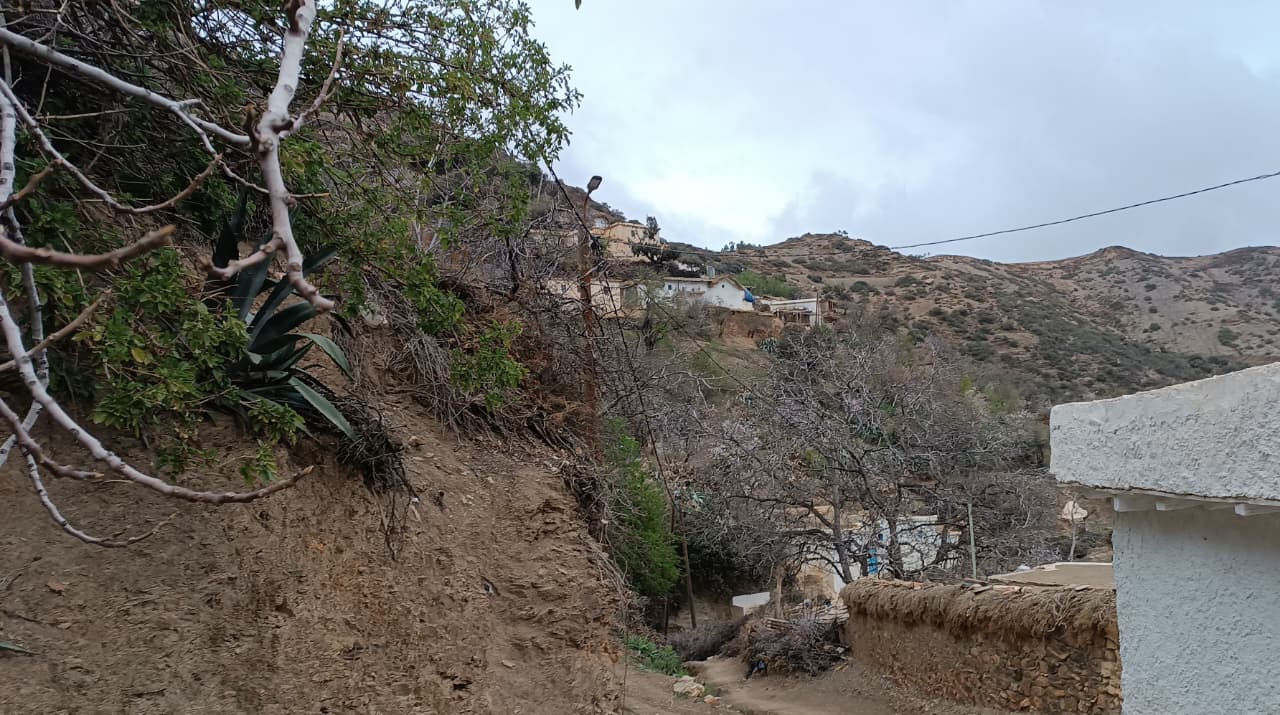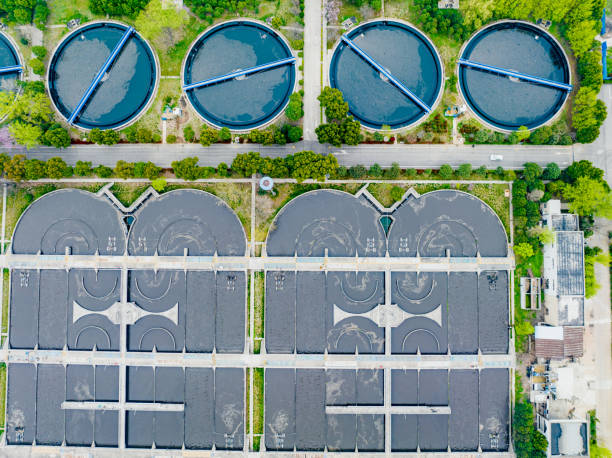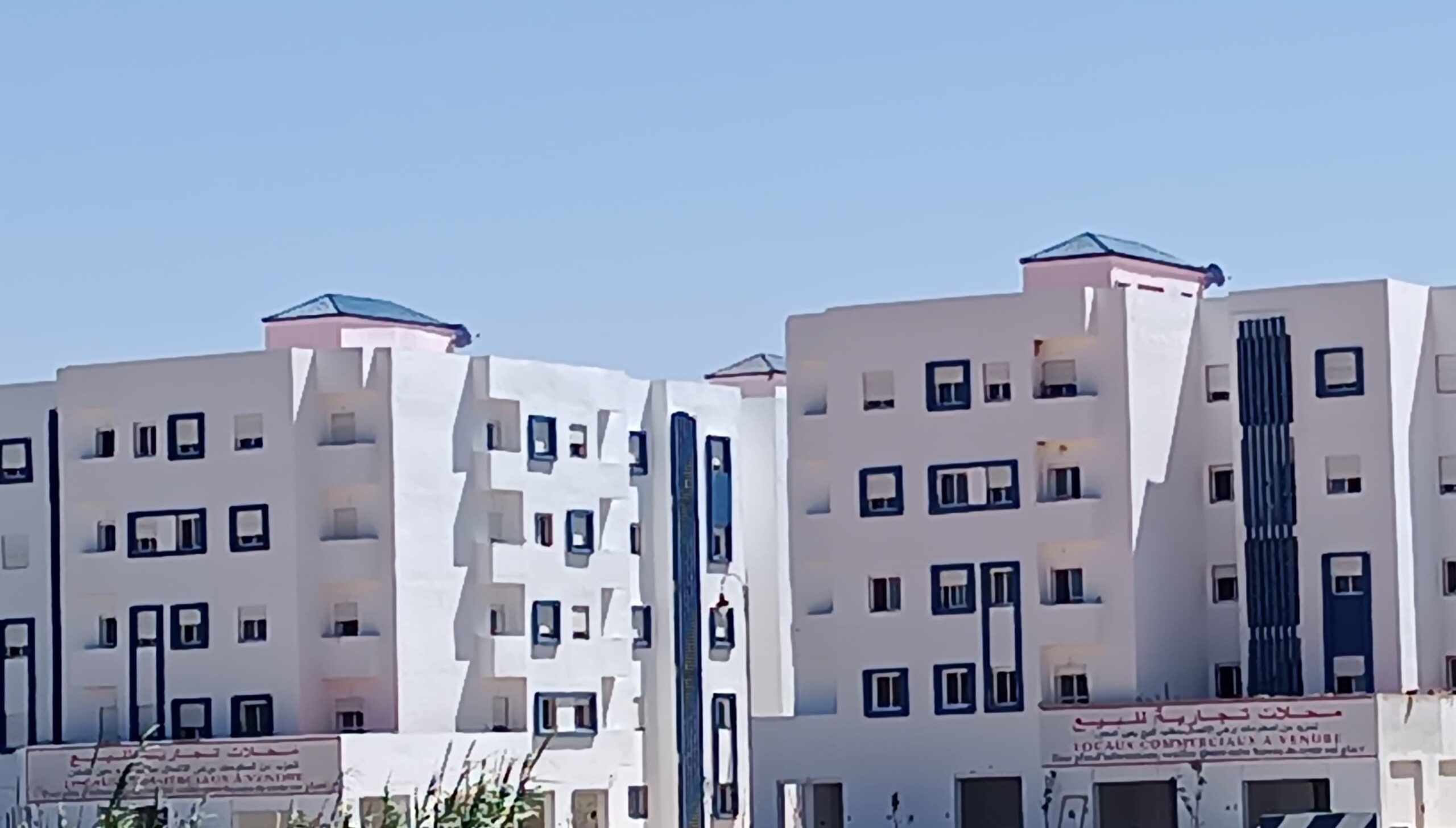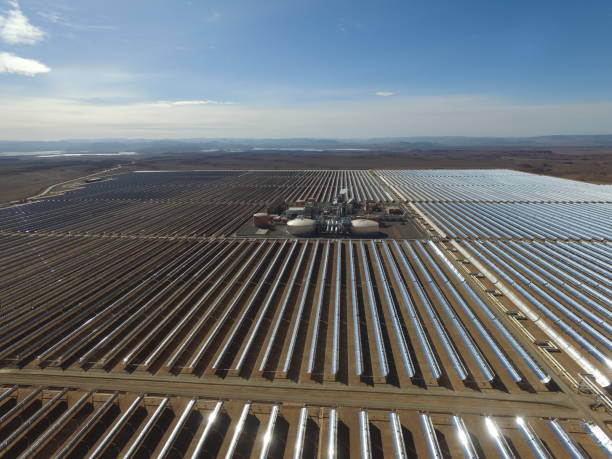Casablanca – Morocco’s labor market has shown signs of recovery, with a notable increase in employment between 2024 and 2025. According to recent data from the High Commission for Planning (HCP), the national economy created 282,000 jobs between the first quarters of 2024 and 2025, reversing the loss of 80,000 jobs the previous year. This improvement, however, masks deep-rooted challenges that continue to affect certain sectors, particularly in rural areas, and highlights the structural issues that persist in the country’s labor market.
Urban-rural divide and job creation
The majority of the job creation has been concentrated in urban areas, with 285,000 positions generated in cities, primarily driven by the services, industry, and construction sectors. In contrast, rural areas experienced a net loss of 3,000 jobs, exacerbated by a prolonged crisis in the agricultural sector. The agricultural industry saw a significant contraction, losing 72,000 jobs in the past year, largely due to adverse weather conditions and challenges in modernizing the sector.
This stark contrast between urban and rural employment figures points to an increasing dependency of urban areas on modern, industrial sectors, while rural regions struggle to diversify their sources of employment. As urban areas see expansion in service-related fields such as education, healthcare, and finance, rural regions remain heavily reliant on agriculture, which continues to face numerous difficulties.
Employment quality and underemployment concerns
The overall increase in employment is, however, not without its challenges. Of the 319,000 paid jobs created across the nation, a considerable portion was in sectors that offer less job security, and the nature of many of these jobs raises concerns about their sustainability. Moreover, there has been a reduction of 37,000 unpaid jobs, which reflects a growing trend toward precarious employment, especially in rural areas where informal labor markets continue to dominate.
While job creation has been a positive development, the issue of underemployment remains a major concern. National underemployment rates rose by 1.5 points, reaching 11.8%, driven by sectors such as construction and agriculture, where workers are often employed for fewer hours than needed to provide a stable income. In the construction sector, for example, the underemployment rate stands at a striking 22.6%, a figure that calls into question the quality and long-term viability of many of the new jobs being created.
This underemployment trend highlights the mismatch between the skills of workers and the roles they occupy. Although Morocco has seen an increase in the number of jobs, many individuals are still struggling to find stable, full-time positions that offer fair compensation. In addition, 664,000 workers are engaged in jobs that do not offer sufficient hours to secure a steady income, further underscoring the structural issues within the country’s employment landscape.
Youth unemployment and regional disparities
One of the most concerning aspects of Morocco’s labor market is the high unemployment rate among young people. The unemployment rate for youth aged 15-24 has reached an alarming 37.7%, a figure that is not only one of the highest in the country but also points to a broader issue of insufficient opportunities for young workers to enter the job market. Despite the overall improvement in employment, the challenge of youth unemployment persists, with many young Moroccans struggling to secure positions that match their qualifications.
In contrast, older age groups have seen a decrease in unemployment. Among those aged 35-44, the unemployment rate dropped from 8% to 7.5%, and among individuals aged 45 and above, the rate fell from 4.5% to 3.9%. This shift reflects a slight improvement in employment opportunities for more experienced workers but also underscores the ongoing challenges faced by younger workers, who often find themselves excluded from the formal job market.
Geographically, unemployment remains concentrated in specific regions. The Casablanca-Settat region leads the country with 23% of the total unemployed population, followed by Fès-Meknès and the Oriental region, which also report high unemployment rates. In contrast, regions such as Drâa-Tafilalet and Marrakech-Safi enjoy relatively lower unemployment figures, though disparities remain between rural and urban areas within these regions.
Policy implications and the path forward
Despite the positive trend of job creation, the challenges posed by high youth unemployment, regional disparities, and underemployment cannot be ignored. To address these issues, experts recommend a more focused approach to vocational training, especially in rural areas, to better align the skills of the workforce with the needs of modern industries. Furthermore, efforts to modernize agriculture and increase investment in rural areas are crucial to ensuring that job growth is more evenly distributed across the country.
The Moroccan government’s ongoing efforts to support the labor market through reforms and infrastructure development will be essential in tackling these issues. However, it is clear that a more inclusive approach is needed—one that not only focuses on creating jobs but also ensures that those jobs are sustainable, offer fair compensation, and contribute to long-term economic stability.
While Morocco has made strides in creating new jobs, particularly in urban areas, the country must address the persistent challenges of underemployment, youth unemployment, and regional disparities to ensure that its economic recovery benefits all segments of society. Only through comprehensive labor market reforms, targeted vocational training, and strategic investments can Morocco hope to achieve a truly inclusive and resilient labor market for the future.
